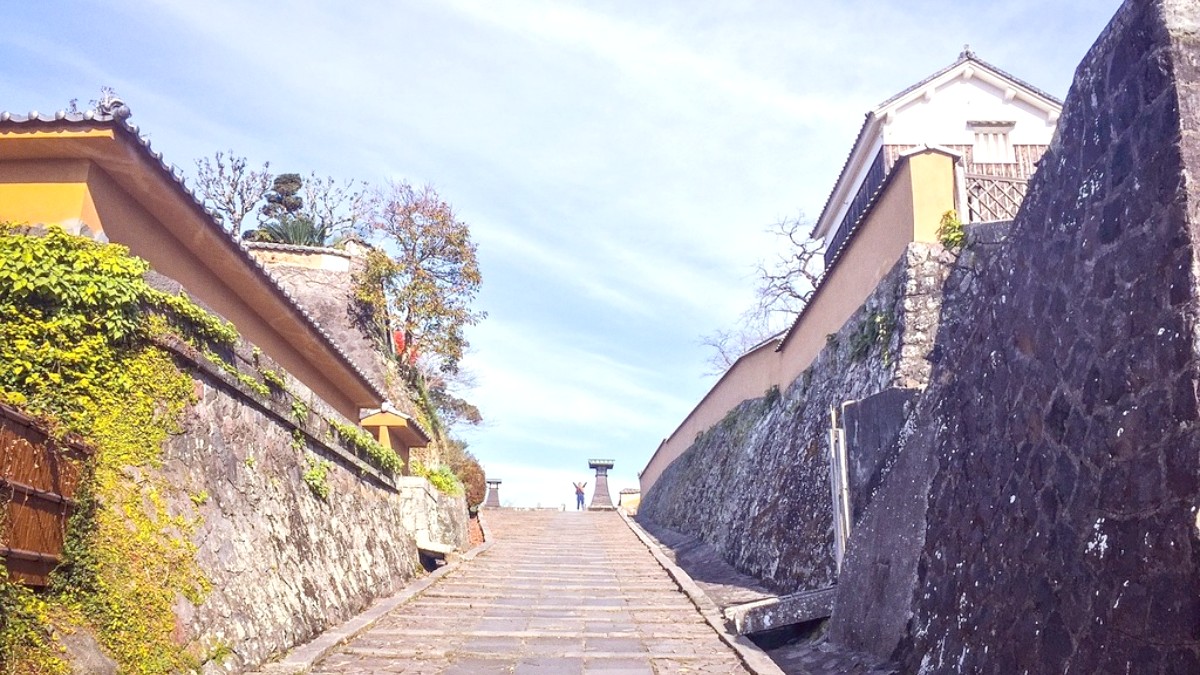
Kyushu, Japan
Japan's major mobile providers are NTT Docomo, au, and SoftBank. Tourist SIMs and eSIMs utilize their networks, granting reliable coverage. Data-only SIMs and Pocket Wi-Fi are popular for mobile data. eSIMs offer convenience; activate them without a physical SIM card via providers like Airalo.
Japanese is the main language. English proficiency varies. Staff at major tourist facilities and larger hotels may speak some English. In smaller shops and restaurants, English is less common.
Most retail shops operate from 10:00 AM to 8:00 PM. Restaurants offer lunch from 11:00 AM to 2:00 PM and dinner from 5:00 PM to 10:00 PM. Convenience stores generally operate 24/7. Tourist attractions are typically open from 9:00 AM to 5:00 PM, often closed on Mondays.
Airport services aim to offer comfort and convenience. For flight disruptions, compensation Compensair assists with delays, cancellations, or denied boarding.
Learning a few phrases elevates your interactions. "Konnichiwa" (Hello), "Arigato gozaimasu" (Thank you), "Sumimasen" (Excuse me/Sorry), and "Oishii desu" (Delicious) are great starting points.
Kumamoto aims for accessibility for travelers with mobility challenges, though some historical sites and older infrastructure may present limitations.
Major train stations and airports include elevators, escalators, and accessible restrooms. Newer public buses and trams often offer low floors.
Kumamoto Castle's new structures and pathways feature improved accessibility. Suizenji Garden's main paths are generally flat and navigable.
JR Kumamoto Station is largely accessible. The Shiro Meguri Loop Bus often features accessible vehicles.
Tactile paving (raised textured surfaces) for the visually impaired is common in train stations, public buildings, and on sidewalks in urban areas.
Sign language interpreters are rare for general public services, though some major hospitals or official institutions may have access to them for specific needs.
While efforts continue to improve accessibility, some older areas might still pose challenges. Planning ahead and contacting local information centers are recommended.
Knowing a few phrases can greatly enrich your travel experience in Kumamoto.
These phrases serve as a polite way to start interactions throughout your day.
These expressions convey politeness and gratitude, important in Japanese culture.
Basic affirmative and negative responses for everyday conversations.
Phrases to help you with dining, shopping, and general inquiries.
Embrace translation apps and pocket Wi-Fi for seamless communication. Familiarize yourself with basic phrases and cultural norms for respectful interactions. Be mindful of business hours and holiday closures.
Bowing is the standard Japanese greeting and a sign of respect. For tourists, a slight nod of the head typically suffices and garners appreciation.
Japan generally maintains a conservative approach to dress. Modest casual wear generally suits most situations and conveys respect.
Tipping is not customary in Japan and can sometimes seem confusing or even impolite. Service charges sometimes surface included in bills at higher-end establishments.
Always ask for permission before taking photos of people, especially children. Look for "No Photography" signs (No Photo or Satsuei Kinshi) in restricted areas.
Dress modestly with shoulders and knees covered. Remove your hat when entering main halls or sacred areas.
Silence mobile phones and avoid talking loudly. Observe and respectfully participate in rituals like purification at temizuya.
Photography may find restrictions in certain sacred areas or inside temple/shrine buildings. Look for signs.
Cultural sensitivity shapes your interactions with locals positively. Embrace learning basic Japanese phrases, follow local etiquette, and respect privacy and religious practices.